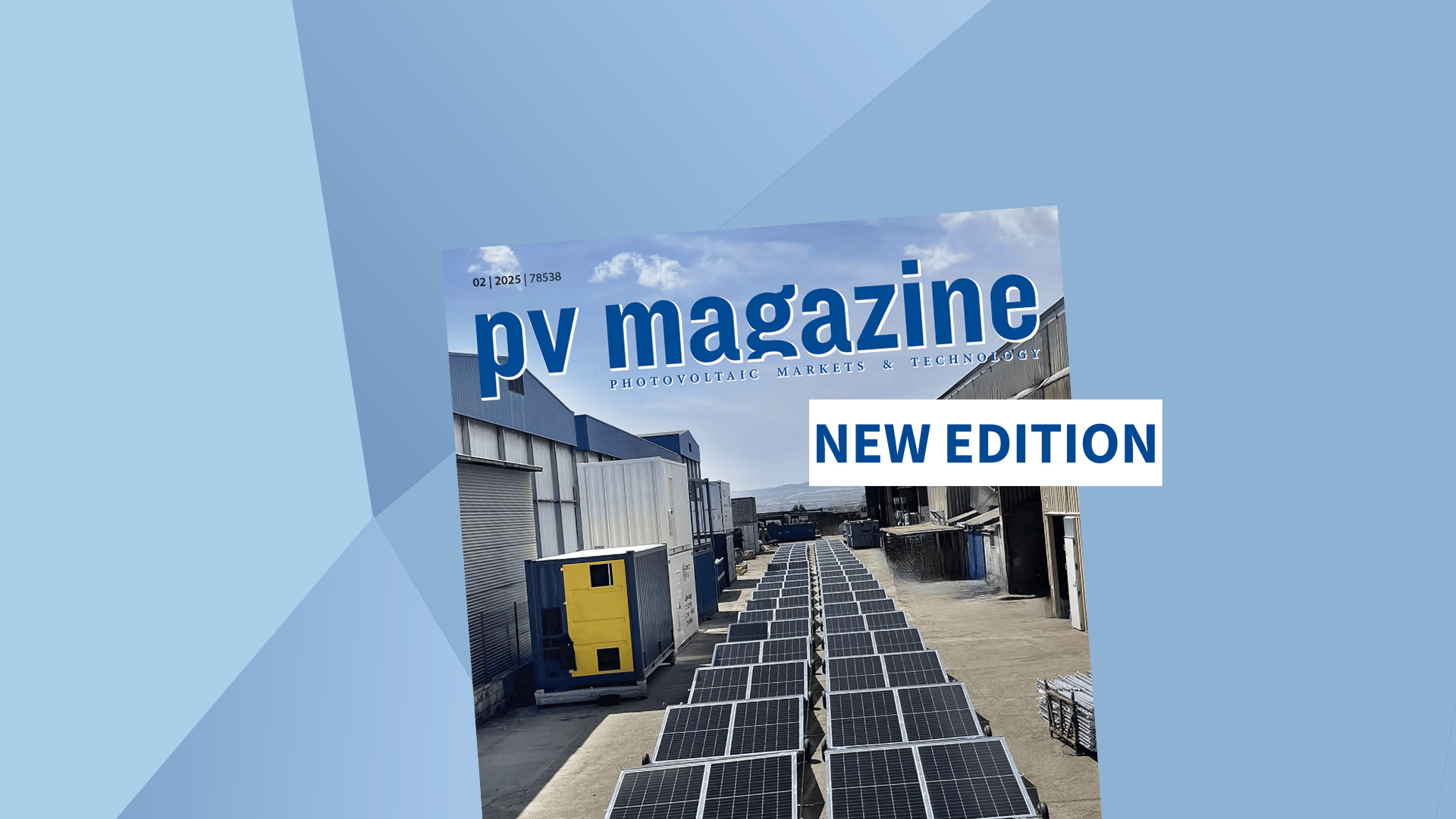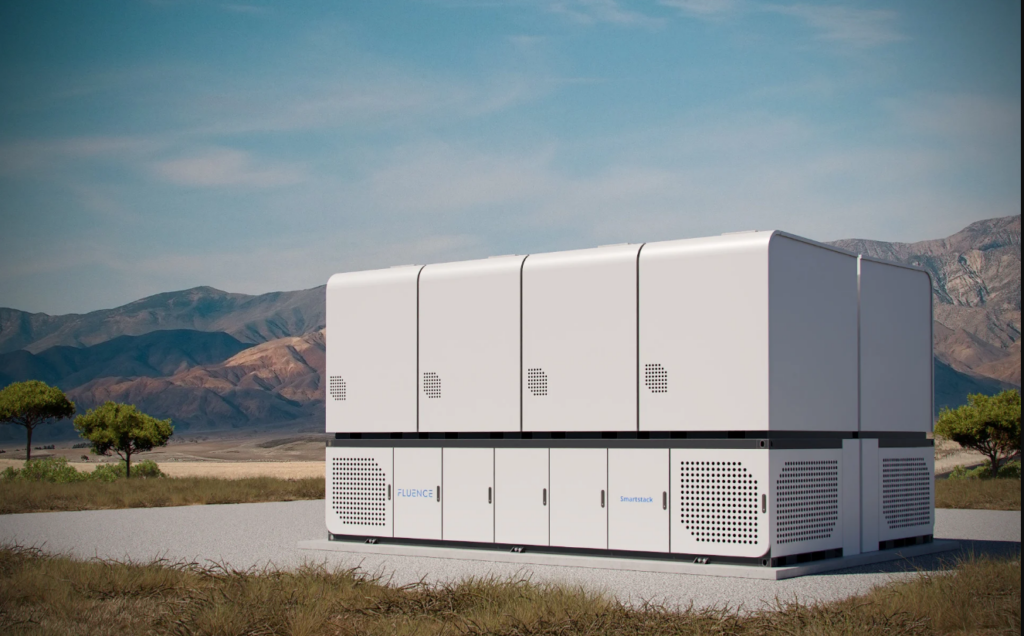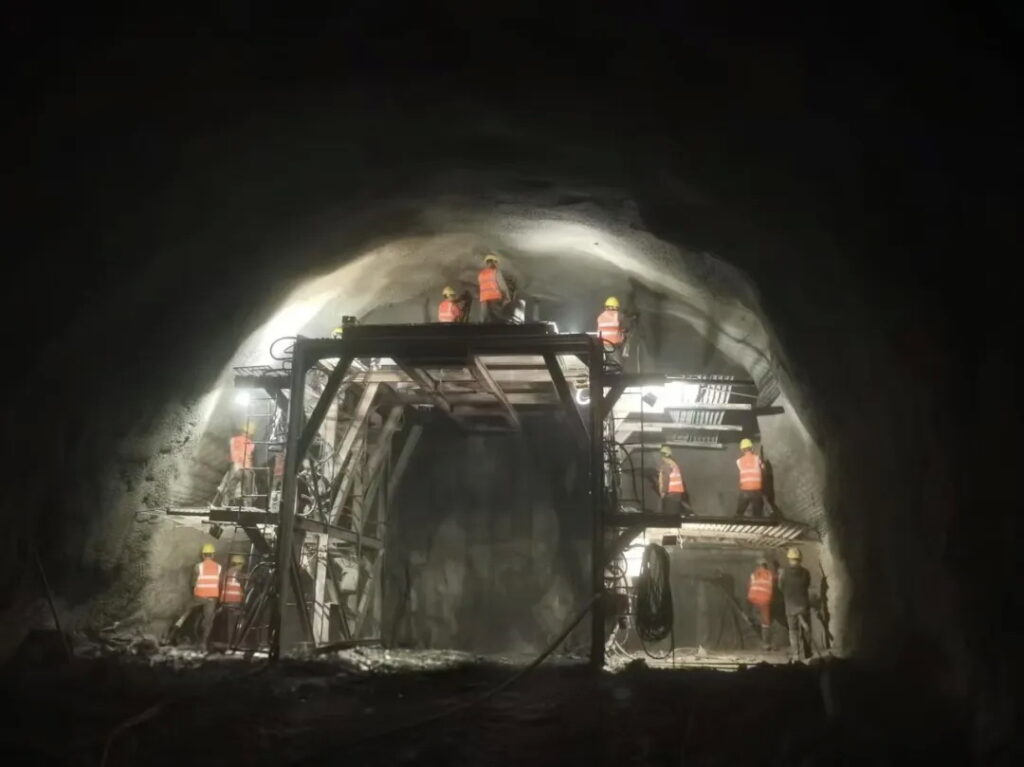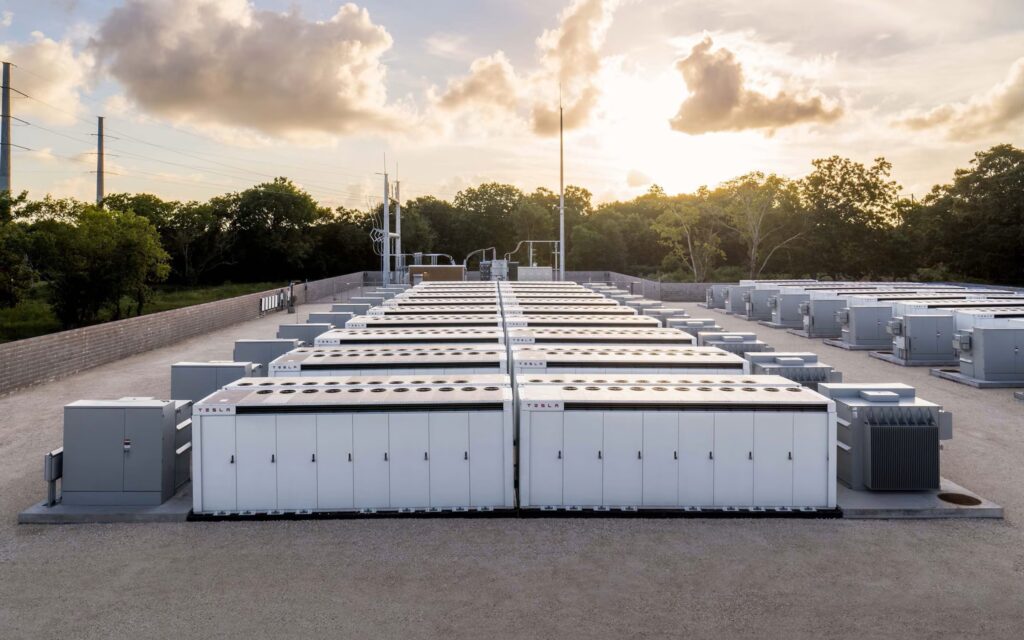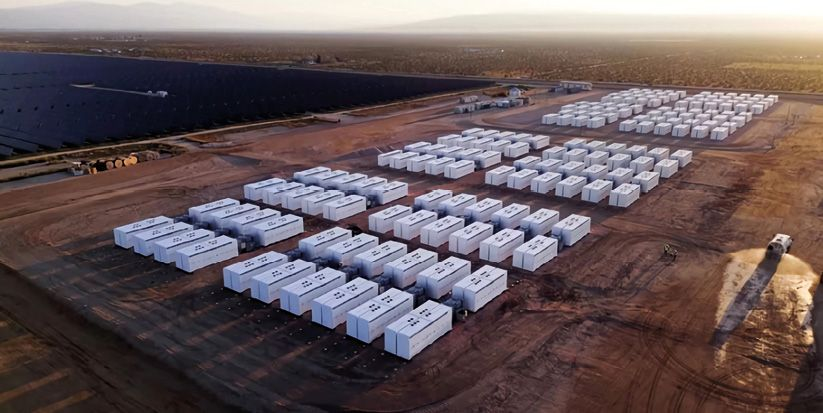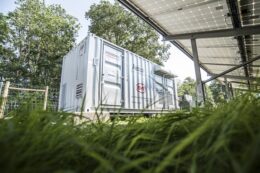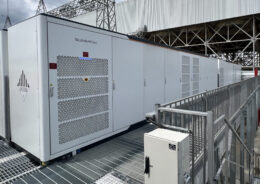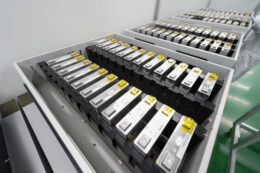Incidents similar to Moss Landing battery fire are unlikely but stricter regulations proposed
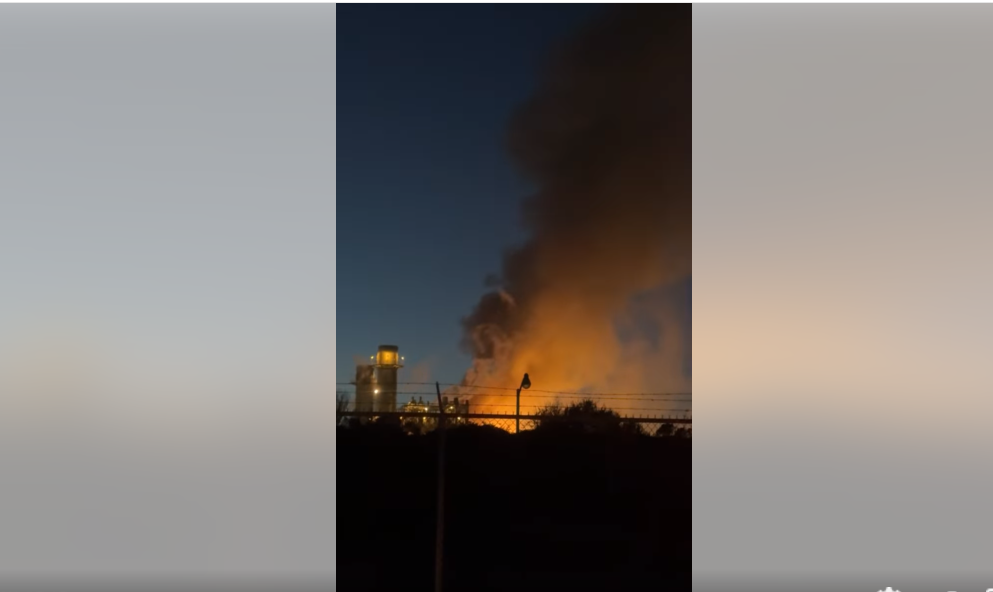
Battery safety is a work in progress. But fires like the one that swept through the 300 MW first phase of Vistra Energy’s Moss Landing Energy Storage Facility in California are unlikely. This is because the number of utility-scale energy storage installations in the U.S. housed indoors – as Moss Landing is – is lower than 1%.
The massive fire, which erupted at the facility on January 16 around 3 p.m., closed roads in the area and prompted evacuation of up to 1,500 local resident due to concerns over hazardous materials and potential chemical releases. The Monterey County Board of Supervisors unanimously declared a local state of emergency to address the various concerns.
No one was reported injured or killed and the air monitoring for hydrogen fluoride and particulate matter carried out by Environmental Protection Agency (EPA) showed no risk to public health throughout the incident. Expanded sampling of soil, water, debris and dust by state and county inspectors is underway. The first samples are being tested with the first results expected next week.
Project owner Vistra Energy said on January 19 that there were no active flames on the site, but some pockets of smouldering were still observed a day after. The cause of the incident is still unknown and the investigation is ongoing.
“We continue to gather information on the Moss Landing incident from our partners and stakeholders on the ground. Fire-related incidents at battery energy storage sites are rare, and investigations into historical incidents have not found health risks to neighbors or the surrounding community. The initial findings from the EPA testing at the Moss Landing site are consistent with this, having determined there to be no risk to public health,” Phil Sgro, American Clean Power (ACP) spokesperson, tells ESS News.
Indeed, since the first battery energy storage system (BESS) installations about 10 years ago, the Electric Power Research Institute (EPRI) BESS Failure Event Database has recorded roughly 85 events worldwide, ranging from minor to major. Over the past four years alone, there have been, on average, 10 such failure events annually, even as global battery deployments have increased 20-fold.
In the United States, six battery failure events occurred in 2022 and seven in 2023. To put that into perspective, according to the Wood Mackenzie Q1 2024 and 2023 Year in Review, roughly 7.9 GW of grid-scale energy storage was installed in the United States in 2023. This was reported to be a 98% increase over the total installed capacity in 2022. So, while the number of incidents roughly stayed constant, the number of installed units vastly increased, lowering the failure rate of these systems.
“Safety is the first and foremost priority of the industry and, after the incident is resolved and there is a thorough investigation, the industry will ensure the lessons learned are applied to prevent future incidents and inform safety standards and best practices,” said Sgro.
Project design
The industry has already learned a lot since the commissioning of Moss Landing Phase 1 in 2020. First of all, it underwent a shift in chemistry choice.
Phase 1 is equipped with nickel manganese cobalt (NMC)JH4 battery cells from LG Energy Solution. While this chemistry was used in early storage installations, the industry later moved to lithium iron phosphate (LFP) cells, which are present today in more than 80% of utility-scale storage projects. NMC undergo thermal runaway at a lower temperature and release more energy from decomposition i.e. LFP can withstand higher temperatures before catching fire.
Furthermore, the Moss Landing Phase 1 project consists of indoor battery racks mounted in the former turbine hall from the 1950s. Housing BESS projects in an enclosed space is rarely done today, partially because of the fear that any cascading failure could spread through the system in an uncontrolled manner.
“The fact the battery was housed in the old turbine hall may have made it more difficult to control. For external containerized BESS, many emergency response procedures focus on preventing the spread of fire to more containers, keeping surrounding ones cool, while the failed unit burns itself out,” Peter Bugryniec, research associate at the University of Sheffield, tells ESS News.
The high energy density in a confined space allows for heat and flames to spread rapidly, while outdoor, modular, containarized solutions are designed to isolate failures and avoid unit-to-unit propagation. Fortunately, according to ACP’s data, facilities that are located within retrofitted buildings that were not specifically engineered to house energy storage systems are an anomaly, representing less than 1% of existing projects.
Since Moss Landing Phase 1, safety standards have also evolved and became much more rigorous. In the U.S., the National Fire Protection Association (NFPA) 855 provides mandatory requirements for the design, installation, commissioning, operation, maintenance, and decommissioning of energy storage facilities.
It includes requirements for metrics such as maximum energy and spacing between units and lists several submissions that must be made to the regulating government entity, including 1) hazard mitigation analyses (HMA), 2) emergency response plans, 3) details of all safety systems, and more.
Furthermore, UL 9540 is the safety standard for energy storage equipment, including batteries, that is required under NFPA 855. NFPA 855 requires that batteries included in energy storage projects are listed to the safety specifications included in UL 9540 and undergo rigorous fire testing. This standard ensures that equipment incorporated into battery energy storage facilities are tested, certified, and safe for operation on the electric grid.
Stricter regulation
Nonetheless, following the Moss Landing incident, the California Public Utilities Commission (CPUC) has proposed further enhancement of battery energy storage safety. If approved, the proposal would, among other things: 1) implement Senate Bill (SB) 1383 to establish new standards for the maintenance and operation of battery energy storage facilities, and 2) increase oversight over emergency response action plans for battery energy storage facilities.
“If approved, the proposal will enhance the safety of battery energy storage facilities, which play a crucial role in California’s transition away from fossil fuels,” CPUC said on Monday, while its staff is conducting an investigation of the Moss Landing battery fire. The proposal will be tabled in the CPUC’s March 13 voting meeting.
Over the past several years, the deployment of BESS has grown significantly throughout California, growing from 500 MW in 2019 to over 13,300 MW statewide in 2024. Battery storage systems are one of the key technologies California relies on to enhance reliability and reduce dependency on polluting fossil fuel plants. For instance, in 2024, California’s solar-heavy electrical grid was able to keep the lights on during extreme heat waves in large part because of the rapid BESS deployment.
Meanwhile, in Texas, batteries played an essential part in keeping the lights on during extreme 2023 summer heat and freed up more than 3 GW of natural gas power plants during critical hours. According to Aurora Energy Research, during the January 2024 winter freeze, BESS units saved an estimated $750 million in day-ahead market costs by fulfilling essential ancillary services and meeting critical energy needs and reducing prices.

